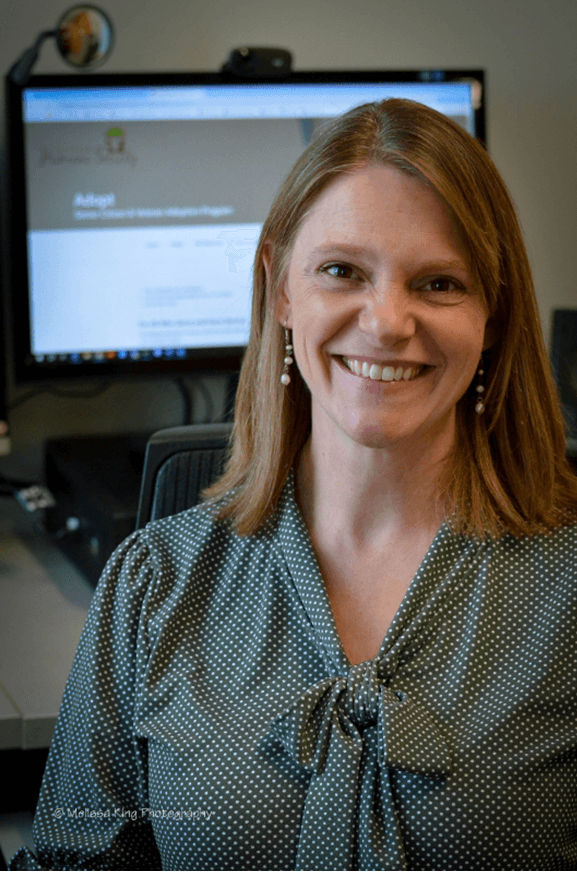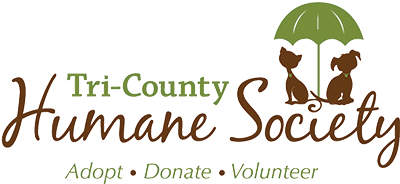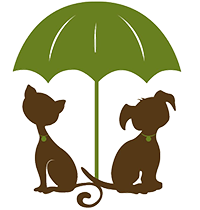
Dear Friends,
I’m going to stray from my traditional letter and talk about something that has been a hot topic in animal welfare lately. A movement to eliminate the terms “no-kill” and “high-kill” when referring to open-admission shelters like Tri-County Humane Society is sweeping the nation. Thanks to my predecessor, Vicki Davis, TCHS never jumped on the “no-kill” bandwagon. Even so, we receive phone calls regularly from people asking if we are a “no-kill” shelter, trying to determine whether we are a worthy cause to donate to or adopt from. Our answer is always the same: While we qualify (a "no-kill" shelter is defined as having a placement rate of 90 percent or higher), Tri-County Humane Society does not, and will not, identify as “no-kill.”
When I started working for TCHS in the late '90s, purchasing pets from breeders was far more commonplace than adopting from shelters. Back then, our placement rate was around 70 percent. Try as we might, our resources were limited; we simply didn't have the outreach abilities that we do now with social media, nor the shelter medicine and disease prevention abilities. Our foster base was minimal, too, and we had one isolation treatment room that housed both dogs and cats. We often had to euthanize treatable animals, as did many open-admission shelters back then, because we didn’t have the space or means to treat them.
To try to draw attention to the millions of animals looking for homes in shelters, the ASPCA came out with a series of heart-wrenching commercials featuring songs by Sarah McLachlan and sad-looking puppies and kittens peering out from kennel doors. Around that time, the definition of “no-kill” began surfacing, as well as “Adopt, Don't Shop” ads, encouraging people to turn to shelters rather than unethical breeders for their pets. It worked. The trends began to slowly shift as people turned more and more to shelters for their companion animals. Community support also started to flow in the form of donations and volunteerism, allowing shelters to expand their facilities and treatment/rehabilitation programs. TCHS began to see an increase in adoptions and revenue. By 2015, our placement rate was over 90 percent, and it has remained in the 90th percentile since.
Today, rather than a nationwide effort to unite and rally support for animal shelters, the “no-kill” movement is dividing them. The term “high-kill” is even being used for shelters now. Imagine if TCHS had been condemned by the public as a "high-kill" shelter in our early days. Would people have steered clear, not wanting to adopt or donate to us, and thereby reducing our placement rate even further? This is exactly what is happening in our country right now. Ironically, the "no-kill" movement is actually killing animals.
We are fortunate to be in the position we are in now. It is because of you that we are entering our 10th year of incredible placement numbers! We believe in full transparency, and we will continue to provide you with our animal intake and outcome data, but we will no longer be publishing our actual placement rate. It’s time to take the focus off a percentage that may be causing more harm than good.
For the animals, and the people who love them,
Marit Ortega
320-371-0871 (direct)
ed@tricountyhumanesociety.org









